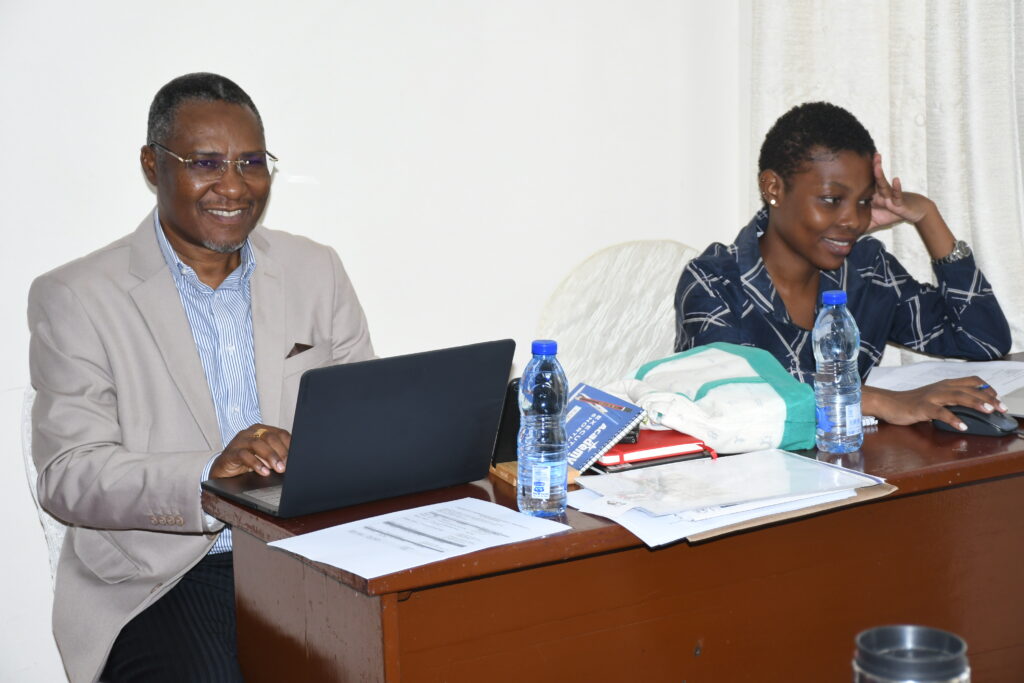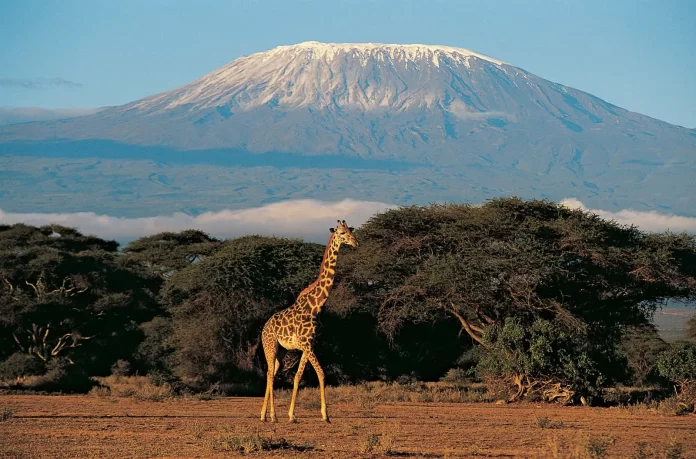By Our Correspondent, Gazetini
THE journalists Environmental Association of Tanzania (JET) has organized a two-day tailor-made training for journalists to furnish them with the sufficient knowledge on corridor conservation issues particularly combating Illegal Forest Crime, Combating Wildlife Crime, Climate Change, Gender, and biodiversity conservation.
The training which includes 20 journalists from media houses in Tanzania Mainland and Zanzibar will be held in Bagamoyo District, Coast Region starting today (15th February 2024).
JET Director, John Chikomo told www.gazetini.co.tz that the training is part of the USAID Tuhifadhi Maliasili (“Preserve Natural Resources”) project supported by USAID.
USAID Tuhifadhi Maliasili Activity is a five-year Activity which addresses threat to animal movement and biodiversity in Tanzania. “Through training, journalists will be equipped with the right knowledge, skills, attitude to be able conduct investigative reporting on biodiversity conservation and climate change issues.

He said journalists are expected to attain the capacity and knowledge of corridor conservation issues to effectively investigate report and analyze wildlife connectivity, marine and forest conservation, trafficking and poaching, and the promotion of wildlife conservation and tourism issues.
Chikomo said apart from creating networks by linking journalists with conservation stakeholders at different levels, scribes will improve the quality of stories on corridors, wildlife connectivity and biodiversity conservation matters.
USAID Tuhifadhi Maliasili has interventions in the following wildlife corridor.
- Kwakuchinja Cooridor: connecting Tarangire-Manyara Ecosystem (in Babati and Monduli Districts, Manyara and Arusha Regions repsctely).
- Kigosi Moyowosi-Burigi Chato corridor- connecting Kigosi Moyowosi Complex and Burigi Chato National Park (in Biharamulo and Kakonko Districts, Kagera and Kigoma Regions respectively).
- Nyerere Selous-Udzungwa corridor- connecting Nyerere Selous and Udzungwa Mountains National Parks (in Ifakara Township, Morogoro Region)
- Amani- Nilo corridor connecting Amani Nature Reserve and Nilo Nature Forest Reserve (in Muheza District, Tanga Region).
- Ruaha Rungwa-Katavi corridor connecting Ruaha National Park, Rungwa Game Reserve, Lukwati and Pigi Game Reserves, and Katavi (in Chunya District, Mbeya Region).
- Ruaha Rungwa-Inyonga corridor connecting the Ruaha National Park, and Rungwa and Inyonga Game Reserves (in Itigi/Sikonge Disrticts, Singida/Tabora Regions respectively).
- Mahale-Katavi corridor connecting Mahale Mountains National Park and Katavi Complex (in Tanganyika and Uvinza Districts, Katavi and Kigoma Regions respectively).
The Activity developed three non-linear approaches and proposed interventions tailored for each wildlife corridor based on functionality status defined by the three approaches:
SECURE: Land that has been demarcated with legal authority and with governing instruments in place at the local level.
PROTECT: There is effective management; and activities ensuring coordination among relevant stakeholders.
SUSTAIN: There are alternative livelihoods options, increased resilience, functioning corridor management groups (including CSOs), threats reduction, less reliance on natural resource products, ongoing relevant monitoring/surveys, and improved biophysical conditions.
Through the USAID Tuhifadhi Maliasili Activity, JET will create an enabling environment for journalists to investigate and report adequately on conservation issues,” he added. He said journalists will use the acquired investigative, reporting, and analytical skills to generate reliable, regular and transparent flow of information from citizens to decision makers and other stakeholders on the coverage of corridors/wildlife connectivity and other biodiversity conservation issues.


